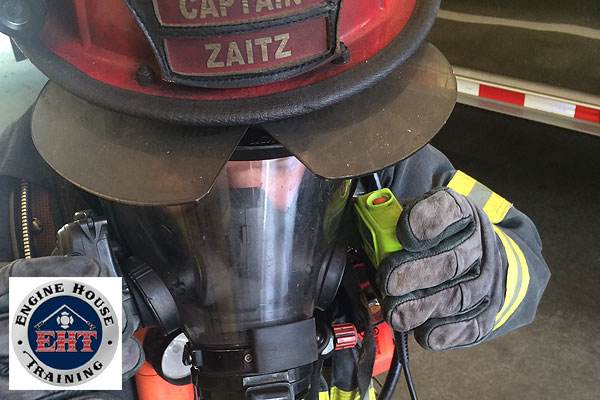
Throw Back to Basics Training Drill | By Brian Zaitz
There are few things more frustrating then not being heard or not getting your message across. Although this can be resolved with a repeating of the message this can be catastrophic on the fireground, for this reason it is imperative that firefighters practice fireground communications.
RELATED FIREFIGHTER TRAINING
- Mayday Monday: Radio Communications
- USFA and IAFF release Voice Radio Communications Guide for the Fire Service
- To Improve Communications, Listen to the Radio
- Fireground Communications: Command Considerations and Responsibilities
When delivering fireground messages, think about the 4 Cs.
Correct
Ensure you are on the correct channel or talk ground. It does not matter how important your message is if no one hears it because you are on a different channel. Check your radio quickly once you exit the apparatus and, if possible, lock out the features that allow for changes to channel selection. Many of today’s radios have a visual indicator in addition to a dial selector. When possible, look down and make sure that you are on the right channel prior to delivering your message.
Clear
There is nothing worse than a message with no point; make sure your message is clear and to the point, avoid getting on the radio and providing a long dissertation. When outside or with no mask on, try placing the mic approximately two to three inches in front of your mouth. When using a mask, try placing the mic against your exhalation port. With different radios and SCBA masks, the only way to truly determine the best methods is to get out and practice.
Concise
Messages should be 30 seconds or less, following the Conditions-Actions-Needs format, which allows for a systematic approach to delivering messages from the IDLH environment.
Calm
Avoid yelling. Stay calm when delivering your message. Yelling into your radio only distorts the message, and often requires you to redeliver. Take a deep breath before your message and speak in a normal tone of voice.
Communications are a key to success on the fireground. As with any skill, the only way to improve them is through practice. Take some time with your company and practice radio communications. Incorporate messages into your drills and make sure that everyone knows how to correctly, calmly, concisely and clearly communicate their message.
Download this training bulletin as a PDF HERE (252 KB)
Brian Zaitz  is a 15-year student of the fire service and the Captain-Training Officer with the Metro West Fire Protection District. Zaitz is also an instructor with Engine House Training, LLC , an instructor at the St. Louis County Fire Academy, and the Board of Director with the International Society of Fire Service Instructors. He has several degrees including an associates in paramedic technology, a bachelor’s in fire science management, and master’s in human resource development. Zaitz is also a credentialed chief training officer through the Center for Public Safety Excellence as well as a student of the National Fire Academy’s Executive Fire Officer Program.
is a 15-year student of the fire service and the Captain-Training Officer with the Metro West Fire Protection District. Zaitz is also an instructor with Engine House Training, LLC , an instructor at the St. Louis County Fire Academy, and the Board of Director with the International Society of Fire Service Instructors. He has several degrees including an associates in paramedic technology, a bachelor’s in fire science management, and master’s in human resource development. Zaitz is also a credentialed chief training officer through the Center for Public Safety Excellence as well as a student of the National Fire Academy’s Executive Fire Officer Program.
MORE THROW BACK TO BASICS

